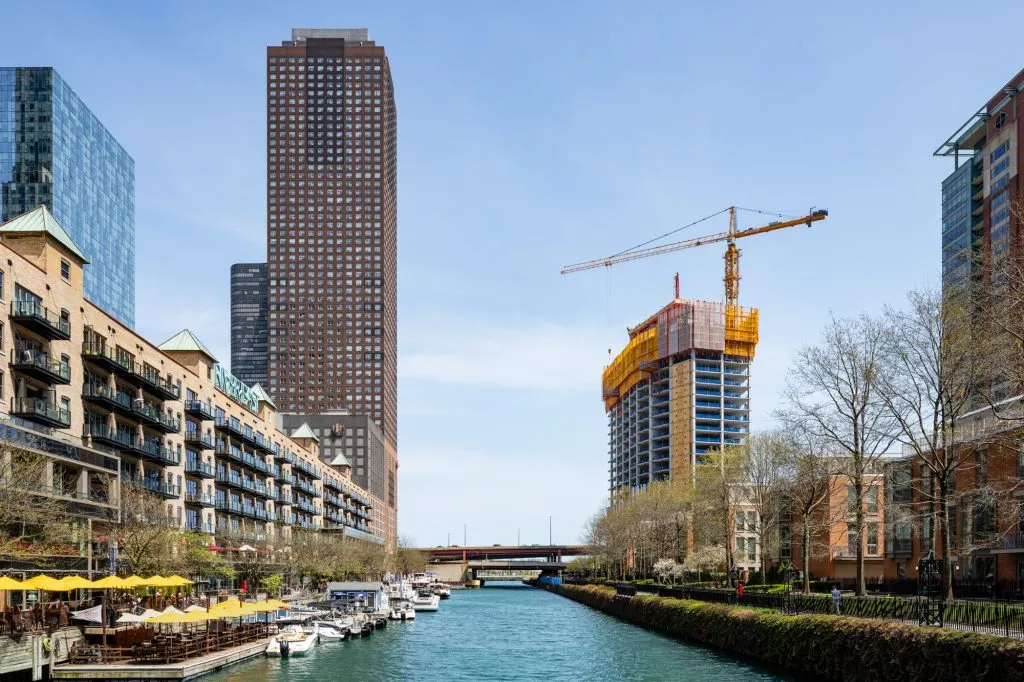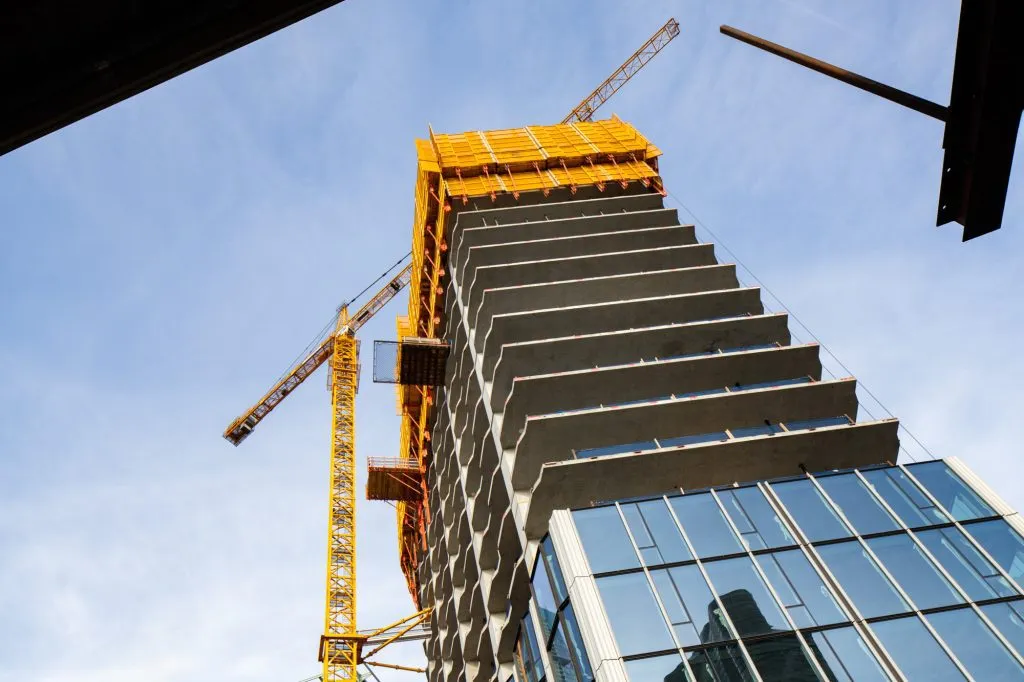Architecture is more than just buildings—it’s an art form that tells stories, evokes emotions, and shapes human experiences. When captured through the lens of a camera, architectural photography transcends mere documentation; it becomes a powerful medium that highlights design, symmetry, light, and context.
In this article, we’ll explore how photographers frame architectural wonders, the techniques they use, and why this genre of photography is so compelling.
## **The Intersection of Architecture and Photography**
Architectural photography is a unique discipline that bridges the gap between art and engineering. While architects design structures with functionality and aesthetics in mind, photographers interpret these designs, emphasizing their beauty, scale, and interaction with the environment.
Some key aspects that make architectural photography fascinating include:
– **Lines and Geometry** – Buildings are defined by their structural lines, curves, and angles. A skilled photographer uses these elements to create dynamic compositions.
– **Light and Shadow** – The interplay of natural and artificial light can dramatically alter the perception of a building. Golden hour shots, for example, bring warmth and depth to facades.
– **Perspective and Scale** – Wide-angle lenses exaggerate depth, while telephoto lenses compress space, offering different interpretations of the same structure.
## **Essential Techniques for Architectural Photography**
### **1. Choosing the Right Equipment**
– **Wide-Angle Lenses (16-35mm)** – Ideal for capturing entire buildings, especially in tight urban spaces.
– **Tilt-Shift Lenses** – Corrects perspective distortion, crucial for tall structures.
– **Tripod** – Ensures sharpness, especially in low-light conditions or long exposures.
### **2. Mastering Composition**
– **Rule of Thirds** – Placing key architectural elements along grid lines creates balance.
– **Leading Lines** – Using staircases, bridges, or columns to guide the viewer’s eye.
– **Symmetry & Reflections** – Perfect for modern architecture with glass facades or water features.
### **3. Playing with Light**
– **Golden Hour (Sunrise/Sunset)** – Soft, warm light enhances textures.
– **Blue Hour (Twilight)** – Artificial lighting contrasts beautifully with the dark sky.
– **High-Noon Shadows** – Creates dramatic contrasts for minimalist compositions.
### **4. Post-Processing for Impact**
– **Perspective Correction** – Fixing converging verticals in editing software (e.g., Lightroom).
– **HDR Blending** – Balancing exposure in high-contrast scenes.
– **Black & White Conversion** – Emphasizes shapes and textures.
## **Iconic Examples of Architectural Photography**
Some of the most famous architectural photographs demonstrate how powerful this medium can be:
– **The Guggenheim Museum, New York** – Spiral ramps captured in a single, mesmerizing shot.
– **The Sagrada Familia, Barcelona** – Gaudi’s intricate designs come alive through detailed close-ups.
– **Burj Khalifa, Dubai** – Ultra-wide shots emphasize its staggering height.
## **Why Architectural Photography Matters**
Beyond aesthetics, architectural photography serves several important purposes:
– **Preservation** – Documents historic buildings before renovations or demolitions.
– **Marketing** – Real estate and architecture firms use high-quality images to showcase projects.
– **Inspiration** – Encourages new design trends by highlighting innovative structures.
## **Conclusion**
Architectural photography is more than just pointing a camera at a building—it’s about understanding design, light, and emotion. Whether you’re a professional photographer or an architecture enthusiast, mastering this art form allows you to see structures in a whole new way.
For more insights on photography techniques, gear reviews, and architectural wonders, explore **[TheToolTutorial.com](https://thetooltutorial.com)**.




